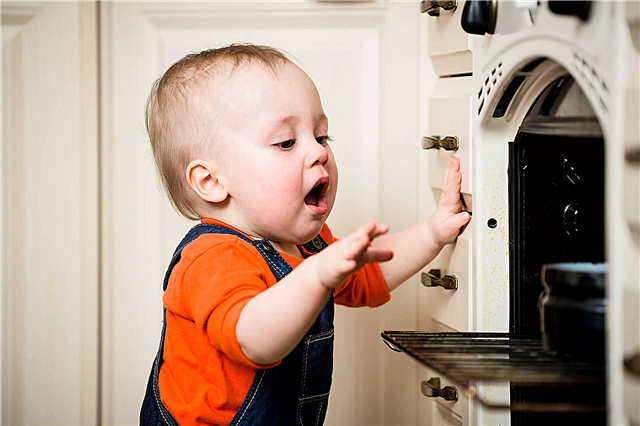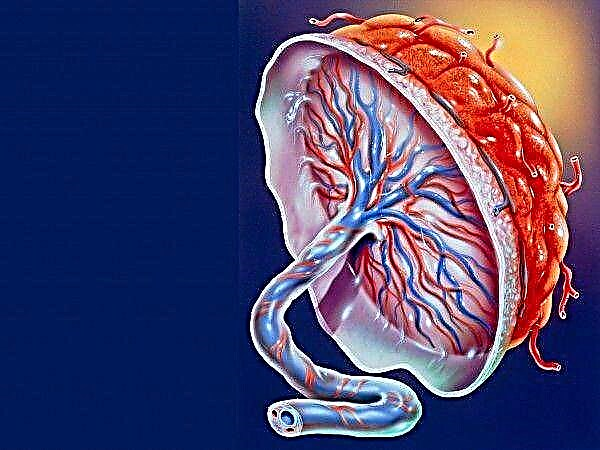Each child is different in its own way. There are approximate terms for the development of certain skills by infants. However, there are kids trying to get ahead of their peers significantly. For example, when a baby tries to sit up at 3 months, inexperienced parents don't know whether to be happy or worried about this behavior.

Family
Baby's ability to sit at 3 months
Any practicing pediatrician will say that there are no children who can sit on their own at three or even four months. This age is significant in that the baby learns to roll over from back to stomach and back. Physical activity in children is different, more often girls overtake boys in skills, actively training to control the trunk every day.
The child sits down at 3 months only if the parents strongly encourage these attempts:
- cover with pillows;
- actively use walkers;
- put on their knees.
Attention! Nature does not provide for independent sitting of infants under 7 months of age. The later the baby sits down, the better.
Age of safe self-seating
The parental desire to be proud of their newborn often pushes them to rash actions. In matters of upbringing and caring for children, young mothers, without understanding the structural features of the child's body, strive to feed the baby with adult food as early as possible, put it in a walker and give the most fashionable gadget for early acquaintance. It is all the fault of the fashion for demonstrating personal life on social networks in order to attract the attention of others.
At the same time, healthy children of wise parents regularly wipe sliders to holes, actively moving on all fours. In fact, up to 6-7 months, the baby by its nature should be in a horizontal position:
- stay awake lying on a hard surface surrounded by brightly colored toys;
- try to get up on all fours, first swinging (at 4-4.5 months), then crawling (4.5-5 months);
- actively improve coups from the back to the stomach and in the opposite direction.
A healthy, developed baby alone, without support, will be able to sit at the age of 8 months. From the age of six months, the toddler is just beginning to sit down, needing support.

Trying to get on all fours
Parents' rules of conduct
If adults have noticed that the child is already trying to sit down at 3 months, of course, there is reason for joy. This suggests that the spinal muscles are actively developing, there is no atrophy or hypotonia. Having mastered the skills of turning over, the child wants to try to change his position in all three dimensions, so he begins to reach up. Many mothers note that their children try to rise on their elbows while lying on their backs.
The main task of wise parents is not to rush with help. Children strive to learn the world, and everything new becomes desirable for them. One has only to sit the baby down once, when he decided to try to rise on his elbows, and all his subsequent attempts to sit down, not supported by the help of an adult, will be accompanied by loud crying. Due to the fact that the willpower and the nervous system of parents often lose to children's insistence, with the help of such a piercing cry, the baby will begin to manipulate adults, forcing them to provide assistance in a timely manner. This behavior can soon become restless when the child's whims constantly interrupt the mother from business.
Additional Information. Noticing that the baby is trying to raise the torso, it is wiser to distract him by turning him over on his stomach and offer to play with bright toys.
How to help your baby sit up on time
Regardless of what physical activity a child exhibits in the third month of life, responsible parents should daily strengthen the muscular skeleton of the baby with the help of gymnastics.
Recommended ways to strengthen your muscles:
- Fitball lessons. With the help of a set of exercises, it is possible to strengthen the muscles not only of the back, but also of the neck. Due to this, even babies in the second month of life, who are not able to hold their heads for a long time, soon acquire this skill.
- Play exercises with dad. If the dad has consciously approached the issue of parenting and is not afraid to take his child in his arms, there is every chance of the emergence of a set of useful exercises. Dads come up with them on an intuitive level: lifting the baby by the arms and legs, as well as fun “flying” over the lying parent holding the baby by the sides, help to effectively strengthen the back and form a strong emotional connection.
- Swimming in the pool or bath. Properly organized bathing of a child in water with a normal temperature (about 33˚C) motivates to active movements, expands the possibilities of cognizing one's own body, strengthens the immune system.

Dad is the best trainer
Proven fact! After each day, full of physical activity, the child has dinner with pleasure and appetite, and then sleeps soundly all night.
Possible effects of early sitting
The peculiarity of the development of a three-month-old child, in contrast to the one who was barely two months old, is that it is at the border of 3 and 4 months that a fundamental change in the structure of the spine occurs. After 3 months, he already has the ability to hold the baby's body upright. But this does not mean at all that the baby needs to be given such a load.
Children's surgeons attribute the danger of early sitting to the immaturity of bone tissue. The vertebrae have not yet strengthened, and the intervertebral discs are 85-90% water at all, their height is only half that which each disc should have. Attempts to pull up, holding on to the support, should be considered as timely maturation of muscle tissue and the emotional interest of the baby to develop.
Interesting! There is an opinion that early sitting threatens girls with bending of the uterus in adulthood. In fact, the curvature of the uterus is formed during the development of an organ closely adjacent to the bladder. Children, keen on an interesting game, tend to postpone going to the toilet, as a result of which the bladder stays in a full state for a long time, constricting the uterus, which is why its bend is formed.
The question of whether a child can sit up or stand up at 3 months should not be in front of parents. The task of adults is to do everything so that by this age the baby learns to roll over himself, reach for the toy, and hold it in his hand. Timely, unhurried development will ensure the health of the child in the future. Parents are better off thinking about what needs to be done to become a friendly shoulder for their baby, which will make him feel confident in life.



